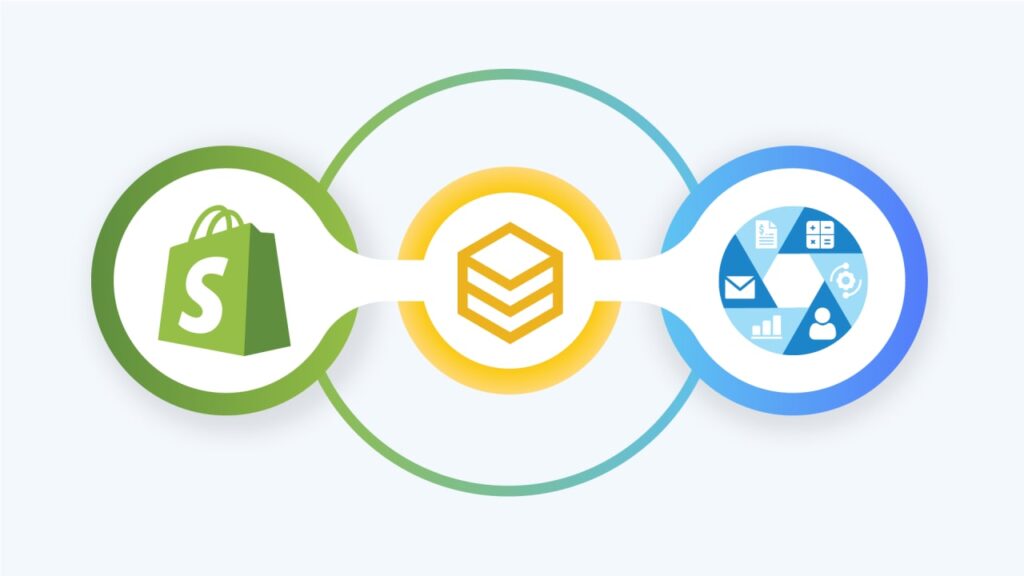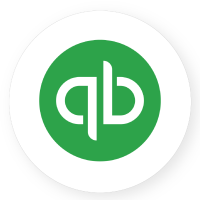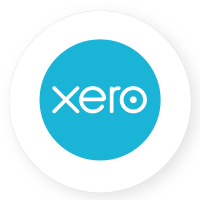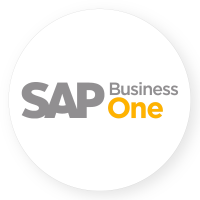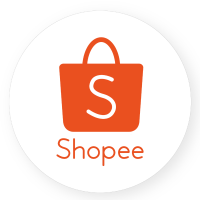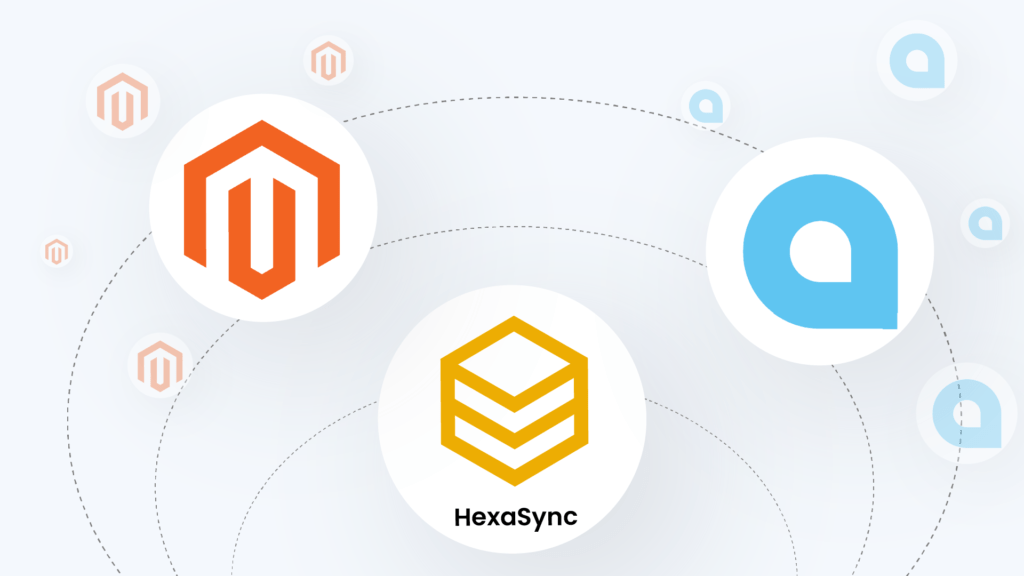This article will discuss the solution of eCommerce POS integration which makes way for your business to switch from offline to online. Having a POS system integrated with eCommerce platforms will help save time, money and operate your online business effectively.
Table of Contents
Overview
Under the impact of the worldwide covid pandemic, industries and businesses must take steps to adapt to market fluctuations. E-commerce has become a significant trend in the last two years. Besides the traditional sales channel, an online store is a key to increasing customer reach and sales.
According to Statista, the number of digital buyers worldwide in 2021 will be 2.14 billion people. Furthermore, the sales of eCommerce retail have a positive growth, which is predicted to reach an increase of 21.8% in 2024. In the overall eCommerce market, the rising trend is not only happening to the retail industry but also arising in other fields.
Particularly in North America, the priority of major POS users (59%) is omnichannel integration. Therefore, it is partly demonstrating that this feature is the most crucial, practical function that a new POS user needs to acknowledge.
What is eCommerce POS Integration?
If you have no idea about the POS system, we introduce you to the related article for further reference. On the contrary, if you are already familiar with using the POS system, the integration features can be understood simply as connecting e-commerce platforms with the already-used POS software.
Suppose you deploy a POS system without knowing about the built-in features or have not implemented integrated eCommerce yet. In such a case, we will give you more critical reasons to encourage you about the advantage of eCommerce POS Integration.
How does eCommerce POS Integration work?
With the integration feature, your POS system can store detailed data directly from online stores in real-time through the transformation between the two systems.
In order words, when using eCommerce POS integrations, all the data from eCommerce platforms such as the number of transactions, products, inventory, customers information, and others are brought to one dashboard and then start producing reports. By that, you can manage and analyze all statistics from various channels on one software.
Some POS system vendors offer integration options. However, these customizations may not be done thoroughly. The dedicated, specialized teams which provide POS integration services with e-commerce platforms will offer better services with complete compatibility and devoted customer service.
Why is eCommerce POS Integration a must?
POS integration promises to bring undeniable benefits, that makes you able to conquer the “offline to online” transformation.
Expand sales channel
You’ll achieve your goal of reaching customers everywhere they shop. In practical terms when selling online, you can’t manage multiple places at once, but the e-commerce POS integration makes it easy for you to do this.
By integrating your offline and online channels into one POS, you get a complete view of your customers and business trend through reports without having to manually compile them.
60% of the study respondents agreed that the greatest good thing about omnichannel is the capacity to deliver better customers service. We all know that the more capability to make consumers satisfied the more successful deals.
No manual data input
Small and medium-sized businesses, especially start-ups, which often confront the problem of workload. Because one employee may have to perform many tasks at the same time. So if you are running your e-commerce site separately from your physical store and cannot control its status at the same time. Then integration is the solution to help you save energy, human resources, and time.
You’ll optimize your business management without having to manually enter incoming online orders, add product images/descriptions, or combine reports from one system to another.
POS integration with these e-commerce platforms not only reduces manual input but also gives you a complete picture of how your customers’ shopping behavior, allowing you to come out with the decision to improve your business strategy.
4.3. No daily inventory counting
When conducting the offline to online strategy, you can be more productive without having to manage inventory in your store and on your website thanks to an integration between the POS system and E-Commerce platforms
Inventory will be connected and shared in real-time among stores, warehouses, and websites, you can flexibly and quickly move data and goods from one store to another, from your web warehouse to your store, or vice versa.
This helps prevent out-of-stock and gives you the advantage of always knowing the status of your inventory; therefore, have proper action before it runs out. As soon as an item is sold in your store or on your website, it will be reflected in real-time in your database.
In addition, POS integrated with e-commerce platforms will also automatically send purchase orders (PO) for products that customers buy from that e-commerce platform. Your supplier will then fulfill all the orders accordingly and POS “give you a hand” by doing all the work.
4.4. Leverage existing customers
Monthly promotions on e-commerce channels are an advantage. Your brand will get known widely thanks to the marketing tactics of each trading platform. It is also increasing the chances to reach new customers and trigger more sales.
In addition to promotions, you are also able to implement digital coupons, automated marketing messages, loyalty rewards, and gift cards at online stores for various customers.
On the strength of eCommerce integration, you don’t have to organize promotions alone. Since coupons and promotions can be handled easily so you don’t need to depend on your employees to manually create the discount percentage. In other words, integrating POS and E-Commerce improves the customer’s shopping experience.
Frequently asked questions when implementing eCommerce POS Integration?

Although you already understand the eCommerce POS integration and the benefits it delivers, you might not be confident to go through the integration process. Here are some frequently asked questions collected by POS users as they search for POS integration and its answers.
What is the information flow from offline to online stores?
Understanding how your POS and online store will work together is essential. While every POS system integration may seem slightly different, here’s what you can expect at a high level.
Information shared between the two includes:
- Catalog synchronization between your online and brick-and-mortar stores
- Automatically update inventory numbers whenever you make a sale, online or offline
- Transfer inventory data from your POS system to your online store and vice versa
- Numerous payment processors for both online and in-person transactions, giving you one solution for all your transactions
Is the information updated between the two systems in real-time?
As we mentioned in the benefits of integration section. You will definitely enjoy this benefit. You can monitor the business situation on different sales channels in a timely manner.
Does the POS system integrate with other business management tools?
Just like your e-commerce store, a POS system integrates with various business management tools. Make sure the one you choose has a broad third-parties integration list.
Who do we contact for POS integration support?
In fact, there are many POS software providers that allow you to integrate with the e-commerce platform for free.
First, POS software vendors will not specialize in integration. They are unlikely to assist you after the finished integration process. Whereas, it is visible that, you need lots of support as a new user properly facing random integration issues.
Second, you may be able to connect to certain trading platforms for free (which are partners of software providers) but maybe the trading platform you are aiming for is not on the list.
Therefore, the solution is that you need a middleware and an integrated service provider to make this work and enjoy the best after-purchase care.
What is the total cost of eCommerce POS integration?
It will depend on your integration needs and the pricing offered by the middleware party. If you need to integrate your POS system with more than one e-commerce platform, you will have additional costs. In addition, different integration service providers will also offer different price lists, you can contact them directly for more information.
Integrating eCommerce platforms and your POS system with Beehexa
Integrating eCommerce with POS is a necessary process. We firmly believe that sooner or later you will need this implementation.
At the basic level, you can take the ideas that we have conveyed above to understand what the integration process is. However, in the academic term, it has a lot of technicalities to give all the details within one article.
Despite technical terms, our Beehexa team will help you through the process of integrating eCommerce and POS systems.
Beehexa is happy to provide you with an integrated pos solution. We will advise to help you to make your best options based on your specific budget, the state of your current POS system, your target eCommerce platforms.
Within Beehexa’s product lines, Heexasync is a software service that specializes in integration and operating as a unified data connector. It helps you automate your operations seamlessly by perfectly connecting POS systems and online sales channels.
When using Heexasync, you get the most competitive prices in the market. We design the price level plan that suits the needs of each user as well as the budget you have.
We promise that you’ll be pleased with the service and technology that Hexasync provides.
Final Words
If it’s time to grow your business by eCommerce POS integration for the benefits it brings.
Accompanying you in your growth journey, Beehexa will help you to reduce manual operations, especially in inventory management. Whereas, increasing the ability to transform from offline to online business, selling goodies across platforms.




